Given Feb 5, 2022 (in Italian)
Abstract: We are in the midst of a worldwide explosion of NFT digital art. With this report, I quickly present what an NFT is and why we might … or should be of interest; I present my practical experience from participating in the creation and marketing process and present some ideas on how the art preservation profession can be an essential member of the NFT creation team from physical art; Also presented are my ideas on how the sale of NFT can contribute to support for the maintenance of the artistic and historical heritage.
The idea of crypto currency technology was to sidestep the manipulation of the world economies and politics. The first cryptocurrency to be launched was Bitcoin in 2009. The digital technology system on which crypto/NFT products live is called the Blockchain. The new technology was, of course, considered with diffidence and the price variations, which were governed by supply and demand, were in the beginning even more volatile than today’s trading. The crypto world has definitely proven itself a viable option to central banks and the politics of any particular country… for the time being. However, central banks, corporate investment firms, retirement funds, hedge funds and all the traditional financial monsters are getting into the action and are in the process as we speak of applying their financial tools and products onto this investment source.
Out of the technology of the crypto currencies, one of the cryptocurrency companies, Ethereum developed a digital product that could be authenticated (enhancing a security component) and carry with it documentation. As with the crypto technology, the digital object, once created or mined, cannot be altered, changed or added to. It is a “non-fungible token” or NFT.
This NFT technology development has taken off in a completely independent direction from cryptocurrencies and is proving to be of potentially very high value within many industries that depend on accurate and authenticated record keeping. Some experts estimate that the NFT technology will be an integral part of our society’s record keeping and communication system and by 2030 that this technology will be so integrated into all industries that it will become more important than the internet.
To some economists, therefore, the use of the NFT technology for making original digital art related collectibles will be of much less significant importance to society. Yet, given the financial instruments and currency potential, it remains of dominant interest in the headlines these days. Even though it appears that the collectible NFTs are going to be a minuscule part in the % of use of the technology in the future, the technology appears to be here to stay, not just a fad that will pass.
What are the prospects of added value that blockchain technology can open up if applied to art, and in particular to digital art in which the technology itself becomes an expressive medium and in which the final product is a digital file? The idea of a digital element that contains value has had little impact on the market, until recently, due to the difficulty of being framed in proprietary logic, characterized by the exclusive or otherwise controlled possession of the asset. On the other hand, it is the most classic laws of the market that remind us that value is linked to scarcity and the related logic of patent rights.
NFTs were launched into the crypto world in 2014 by producing digital art with the technology but were not more publicly acknowledged until 2017. Digital collectible was an early use case for NFTs, because of the blockchain’s ability to assure the unique signature, document the residual artist rights and track the ownership of NFTs.
Whatever the evolution of this market, the spread of blockchain technology in NFT dimension, and the underlying logic of the uniqueness and immutability of the blocks, opens up new options for artists from the point of view of artist’s rights. The NFT not only attributes uniqueness to digital works of art, but also protects this form of expression in those countries, such as the United States and the United Kingdom, where copyright is subject to the requirement of fixation. The copyright protection potential provides a legal basis for artists to attempt to seek remuneration in exchange for granting permission to reproduce or even resell their art.
This same technological ability to attach to NFTs documentation for prevenance and artist’s rights is the means by which percentages of the sales price of NFTs, either at the time of the initial drop or as a result of subsequent trades and resales, can theoretically be subdivided to pay residuals or contributions. Properly designed, the documentation of an NFT could spin off residuals to an organization or person without tax liability consequences for the NFT owner.
For instance, if a historic site were gifted part of the value of an NFT every time it was sold, and if the NFT sold for $500,000 USD, the organization would receive $5,000 for every 1% it owned. If the NFT were to be re-traded virally, and the price were to rise accordingly, then the residual with each resale would also increase. Consider this math with the sales listed that I am about to mention.
The greater part of NFT collectibles created since 2017 have been of nominal value and the world, or even the artworld, barely took notice until artwork began selling in the millions of Euros. There are, in fact, billions of NFT collectibles that people are trying to sell that no one ever hears of and most of these that sell are under $200 USD… some even as low as a few cents. Here are a few more statitics:
- The Most Expensive NFT Artwork Sold for Nearly $69 Million (Beeple)
- NFT Trading Volume Added Up to Nearly $11 Billion in Q3 of 2021
- People from China and Singapore Are the Most Interested in NFTs
- The Most Expensive NFT Video Sold for Almost $7 million
- OpenSea’s Trading Volume Increased by 800+% in the quarter
- NBA’s Top Shots Has Already Made $700+ Million in the last year
Last March 2021 a contemporary artist known as Beeples sold an NFT digital painting (no physical version existed) at a Christies Auction House for $69 million which sent shockwaves, then a tsunami of interest and activity worldwide in this new art strategy, technology and market. From this point on, the common public was talking about digital art and NFTs. When the general public becomes aware and participates, the viral effect begins to form. The potential for new industries, new investments, new sales exploded into creation, worldwide.
Precisely on this point it is worth reflecting on the potential for “added value” that is brought to digital art by the use of blockchain technology and, in particular, by those blocks of blockchain defined as “Non Fungible Tokens” or Nft. Just to revisit the merits for a moment; they are characterized as special unique tokens or cryptographic elements, indivisible, uniquely identified and non-fungible, i.e. replaceable, with any other block of the same blockchain. Similar results would never have been achieved in the absence of the guarantee of uniqueness of the work offered by the use of the NFT.
Last May 2021, the Uffizi Gallery in Florence reproduced in digital form a numbered series of nine copies of the painting by Michelangelo Buonarroti (1475–1564), Tondo Doni (1503–1504), one of which has already been sold to a Roman collector for 240,000 euros. I wonder if they took advantage of the NFT’s ability to mark a residual in perpetuity with each sale?
In accordance with the vision of the director of the Gallery, Eike Schmidt, he stated that the museum is “a company,” the Uffizi will repeat the profitable experiment with other works. From a legal point of view, there are no impediments.
The proposal to sell the Flavian amphitheater in the form of a cryptocurrency (NFT) comes from a group of researchers to put on the market a copy of the Colosseum made through blockchain technology, in order to be able to be purchased by wealthy collectors who, according to the researchers, would be anxious to grab their own personal version of the most famous and visited monument of the world.
These types of sales involve living artists and attach legal factors to them. But there are other reasons for trade with historical art. Precisely on this point, the sale of original digital creations from historical objects deserves a different mentality on the potential of “added value” that is brought to digital art by the use of blockchain technology and, in particular, by those defined blockchain blocks, “Non Fungible Tokens” or Nft. Just to revisit the merits for a moment; they are identified as special unique tokens or cryptographic elements, indivisible, univocally and non-fungible, i.e. replaceable, with any other block of the same blockchain. Such results can never be achieved in the absence of the guarantee of uniqueness of the work by the use of the NFT
At this moment, the greatest problem being resolved on the blockchain is the ease of public access to the crypto and NFT buying and security process. The goal is to make it as easy to buy cryptocurrency and NFTs as it is to buy anything else on the internet.
But this explosion of possibilities has not been applauded or even accepted by everyone, yet. “Old School” will have a hard time with this for many reasons which may include greater transparency in transactions, better security, greater fidelity of documentation and provenance.
Last November, the Commitat Picasso announced that it deems the NFT a counterfeit of Picasso and to prohibit it or at least not recognize it as authentic … which, curiously, also means that it recognizes the NFT as a verifiable and authenticable work of art. .
Theirs is a reaction to the difficulties of controlling their market. Many works of artists are illegally reproduced in the form of lines of code, the famous NFT (“non-fungible tokens”). And on this point he is right, for the moment. This process, which violates intellectual property rights, is proving very difficult to stop. For example, artist Trevor Jones’ NFT depicting Picasso’s bull in an animated version has been withdrawn from sale at Christie’s, but is available on the OpenSea platform.
Yet, in the same moment they consider the NFT to be counterfeit of Picasso and prohibits them, they are being seduced by the financial opportunities and have been posturing themselves for some types of NFTs.
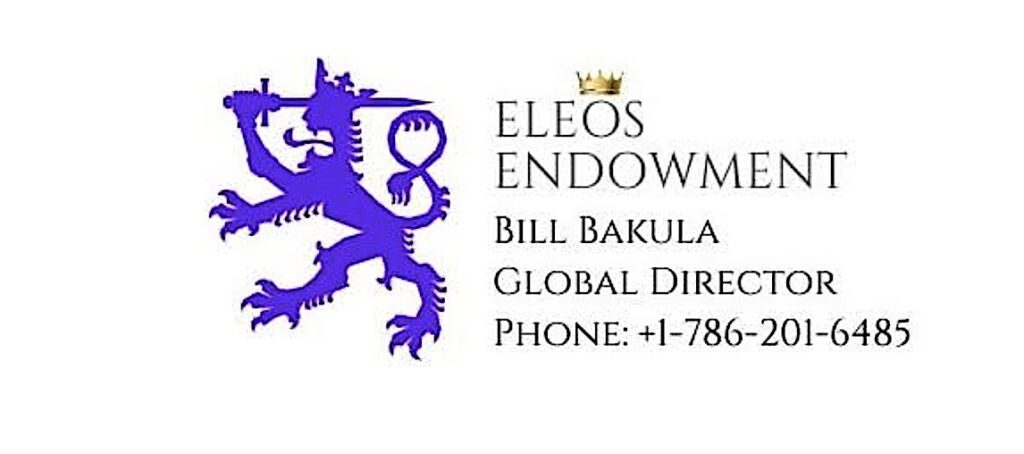 On May 17, 2021, I was visited in my office by two businessman who, apparently, had done extensive research into my background and decided that they wanted me to be part of a new art enterprise that would concentrate on an NFT business model. This business would be run by the three of us: a businessman with extensive international media and marketing contacts and experience; an attorney with extensive international promotional experience and I was asked to be the Director of Fine Arts, the art expert.
On May 17, 2021, I was visited in my office by two businessman who, apparently, had done extensive research into my background and decided that they wanted me to be part of a new art enterprise that would concentrate on an NFT business model. This business would be run by the three of us: a businessman with extensive international media and marketing contacts and experience; an attorney with extensive international promotional experience and I was asked to be the Director of Fine Arts, the art expert.
While in the past the most important NFT sales had been for digital art without analog components, Eleos Endowment would have focused on digitizing and creating NFTs of artistic masterpieces combined with a compelling history relating to our society and times. We would also drive the technology to create an NFT, not just of the entire artwork, but of every pixel of the digitized artwork. The term is an “NFTPixel.” So potentially, a high resolution digitization could provide hundreds of millions of NFTs of the same picture, just like a cryptocurrency. Eleos Endowment is the only company of its kind to consider this development and use of technology.
- You could ask, how does an art conservator of paintings contribute to these processes? My company, Fine Art Conservation Laboratories (FACL, Inc.), acts in partnership with US based Eleos Endowment and internationally based Bart, Ltd as their art expert, which includes our participation in finding, selecting and qualifying artwork for the NFT manufacturing-marketing process (based on quality, impact to society and our protocol).
- If the artwork requires art conservation-restoration services, then, of course, we provide those services.
- Also needed is the background check or documentation-authentication-evaluation-analysis process of verifying the artworks before they are chosen for the NFT process.
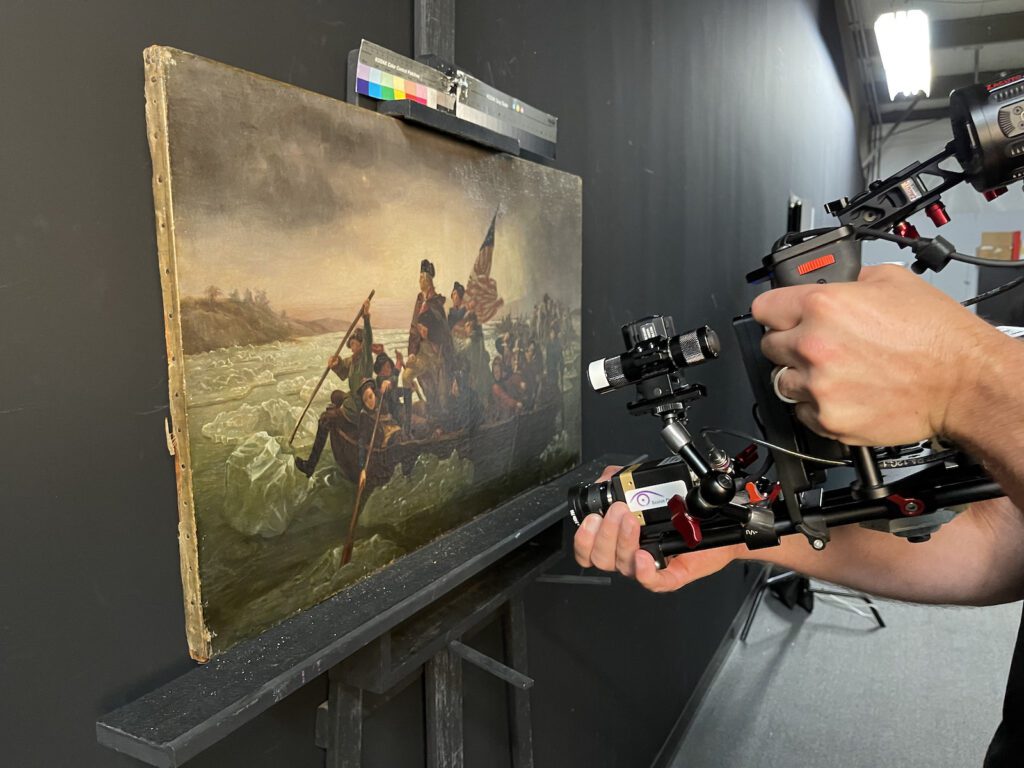
- This always involves working with a number of people that are part of the art’s ownership and legal representation, management, scholarship, restorations and other details.
- I also offer significant owner-client relations, legal expert witness services, art conservation parallel services such as logistics for handling-storage-shipping, and oversee the photographic-digitization-video services.
- I am valued, also, as a consultant on all other matters such as marketing copy and contracts even though those areas are not within my professional expertise.
Let me give you an example, by showing you an NFT launch we are currently doing:
Perhaps the most recognizable image in American art history, Washington Crossing the Delaware, captures the December 25th 1775 Christmas night when George Washington led an inexperienced motley crew of volunteer patriots in the American Revolutionary War against the world’s largest empire and it’s mercenaries and was miraculously victorious, loosing only three men and taking the enemy captive. Without crossing the Delaware, it is likely that the Declaration of Independence would have come to nothing, making that Christmas night perhaps just as important as the previous Fourth of July.
Seventy-five years after the victorious crossing, famed American artist Emanuel Leutze painted for the US government “Washington Crossing the Delaware,” which became instantly the most well-known and loved American work of art of all time.
But it was not only painted for, nor appreciated only, by Americans. It was the artist’s intention to paint a symbol of freedom that would inspire Europeans (he was of German decent), who loved the ideals promoted in the United States which contrasted with Europe’s then-present-day political struggles of monarchies and oppressive governments but were still patriotic and felt a belonging to their “motherland.” Many Europeans had seen the success of the American system and were anxious to create their own constitutional governments. In fact, the 1800s was a period of great transition for governments and politics.
The artist’s first monumental version (grande quasi 4 m x 6,6 m) of the heroic crossing was painted for the American public in 1849 but was badly damaged shortly after completion in the artist’s studio by fire in 1850. Although restored, the compromised masterpiece couldn’t be sent to America and stayed in Germany where it was destroyed in a WWII bombing raid in 1942.
Immediately after the fire, in 1850, Leutze (and possibly his associates) began this exact same version with subtle changes, which by October of 1851 was placed on exhibition in New York to enthusiastic fanfare and the monumental patriotic painting ended up in the Metropolitan Museum of Art.
But unknown, until its astounding discovery last year in 2021, the monumental sized masterpiece at the Met has an original, vintage, 1851 smaller-twin-brother (grande circa 58,5 cm x 97 cm) thatexperts have opined was painted at the same time and alongside the bigger Most Famous Painting in America, making it a National Treasure!!
This 1851-original-smaller-twin-brother-image of freedom has been brought back to the USA to be made into NFTs to give an opportunity for “We the People” to own a piece of the only original, authorized, authentic-world’s-iconic digital historical image of this symbol of our heritage, patriotism, pride, and inspiration.
This original painting, studied and authenticated, is a smaller version of the made-to-order American Monument To Freedom painted in Leutze’s studio in Düsseldorf in 1851, in the presence of the monumental painting, which was leaving shortly for its home in the United States, and was painted with Leutze’s input and collaboration together with his well-accomplished associates “while the paint on Leutze’s masterpiece on the easel was still wet.” How could the freedom loving artists in Dusseldorf let the monumental masterpiece go, without making an exact quality smaller version, to inspire their cause also? Such a patriotic message! Such an inspiring heritage.
The masterpiece’s impact on the American psych was as anticipated by the United States Government as this image of Washington Crossing the Delaware would become one of the most reproduced and widely distributed prints in the history of art — hanging in nearly every American home by the 1870s and was the perfect message and symbol of freedom and the Union after the Civil War. It was carefully designed to inspire their generation, and those yet to come, to understand how victory can come even in the most trying times and that hero’s efforts supported the cause of freedom. This painting’s image and message are enduring and as relevant today as at anytime in the past, as it is being used by the United States government to inspire patriotism with the minting, today, of the 2021-2022 quarter ($.25 cents).
Once the artwork was accepted as a potential NFT candidate and legal agreements were discussed, verification of the artwork began. How can an Art Conservator contribute to the process? This is my experience as part of an NFT creation team and these are the services that I have provided in this NFT launch:
- I located the painting for the NFT strategy (made contact with the owner)
- Arrangements for insurance, handling packing and shipping of the artwork.
- Intermediary between legal services and the client for contracts.
- In order to confirm the time period of the artwork, the authorship, answer technical questions from the scholars and determine the extent of previous restorations and the artwork’s condition, FACL provided an in-depth condition assessment including infrared reflectometry, ultraviolet visible fluorescence, high intensity light examination (1000 lumin), stereobinocular microscope examination, solubility tests and estimates for art conservation treatments.
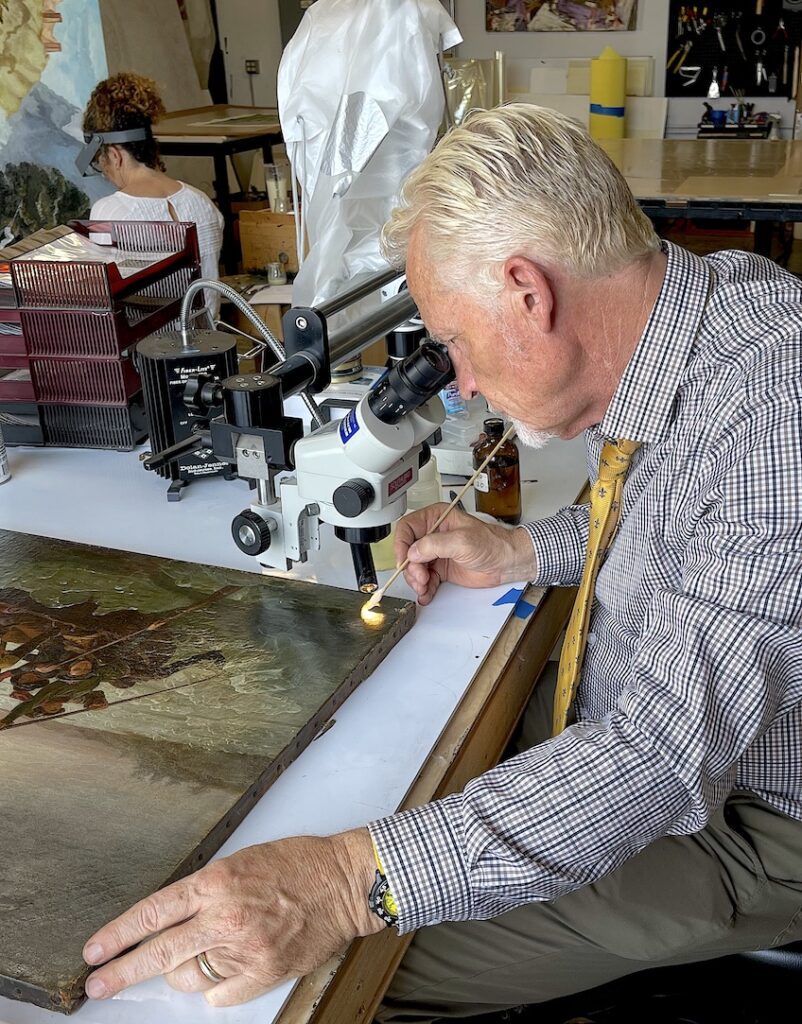
- Provided the painting conservation treatment budget. Who was responsible for those expenses (including the period frame) was established prior to signing agreements with the owners for the NFT processes
- Our lab provided all painting and frame conservation treatments.
- Contributed in the creation of the marketing strategy for the NFT.
- Our lab produced media (stills and video) for marketing.
- Provided standards for protective crating/encasement
- Provide long term storage and security for the artwork.
- Oversaw the process of digitalizing of the artwork for the NFT creation.
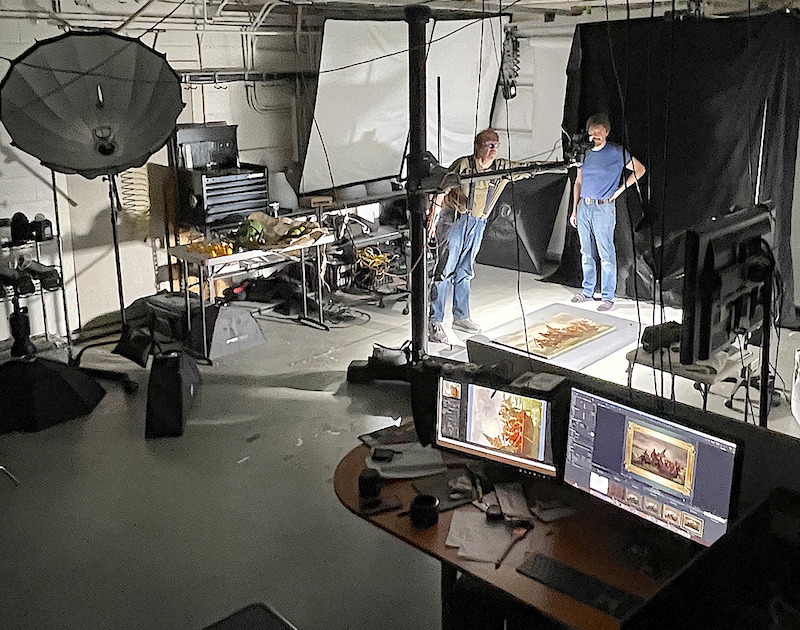
- Wrote narratives of the story of the painting, working with the scholar, and edited all media information before it was let.
Marketing and Sales Strategy
Of course, even if you make or mine and drop or offer an exceptional quality NFT with amazing qualities, if no one knows about it, the sales will flop. The process is nothing if there is not an exceptional and far-reaching marketing and sales strategy that is easy for the public to access.
This historic National Treasure was digitized to create a unique, original, certifiable, authenticated, masterpiece work of digital art. Its ultra-high fidelity (resolution) was obtained by creating the NFT Pixels that were in equal number to the votes cast in the 2020 US Presidential Election. The pre-sale registration (by referrals, in order to lock in the lower pricing) of the NFT Pixels will take place on the website https://PELXP.com starting on the 4th of July 2024. The NFT Pixel Drop and purchases for the public will open couple of months prior to the 2024 presidential elections.
Pre-register and lock in your pre-Drop Date price. Payment for NFT PIXELs will be accepted in all crypto currencies and NFT trades thereby reducing greatly the acquisition costs, in the true spirit of freedom in the world-wide decentralized metaverse.
PELXP.COM has digitized this original, vintage, masterpiece work of art and is creating up to 155,485,078 NFT Pixels, which is equal to the number of votes in the 2020 US Presidential Election. Once all NFT Pixels are exhausted via various NFT Pixel platforms, all the NFTs will come together as part of only one unequalled, exact creation of this authentic original, masterpiece work of digital art. This world record setting NFT Pixel initiative will award to one of the 155,485,078 NFT PIXEL owners (each NFT Pixel accounts for one entry without disclosing the source or individual owning it) the original, physical, vintage, masterpiece work of art or a value equivalent.
In order to further elevate and extend the time of the public’s awareness and interest, the physical National Treasure will undertake its first maiden voyage tour, with a spirit of democracy. NTF Pixel owners will also be part of the Washington Crossing the Delaware Unification Assembly and will participate in the organizing of the traveling exhibition message using art masterpieces to deliver a message of hope and uniting “We the People”. This is a NON-PARTISAN statement of democracy. After the 4th of July drop, via the BLOCKCHAIN, by the NFT PIXEL owners only (each NFT Pixel will account for one vote), the voting platform will determine the locations for which the physical masterpiece will tour, making history around the world as the world record setter for NFT sales and value.
This world-record-setting NFT Pixel initiative of this authentic symbol-of-freedom will be breaking news worldwide!!! This historic 1851 original-antique-smaller-twin-brother is the only certified, authenticated, masterpiece work of digital art of the world’s most famous image of freedom.
Also, another major attention-grabbing activity for NFT Pixel owners of Washington Crossing the Delaware will be to participate in a variety of online games to win unique, major, very valuable collectables.
Political parties and candidates have expressed interest in utilizing NFT sales for fundraising and promoting the image of patriotism.
Partnerships and collaborations with other online digital marketing strategies also enhance the outreach. And this is only the beginning of the marketing campaigns being considered.
This group of highly experienced experts was required in order to share this one-of-a-kind opportunity with the public. What makes an NFT successful and who are the “players?”
Mr. Anthony B. Christensen, veteran connoisseur and nationally renowned art expert; Salt Lake City, UT, USA
Mr. J. Brett Levitre, notable Curator of 19th Century Art; Salt Lake City, UT, USA
Dr. Micah Christensen Phd Art Historian, who identified and found the painting; Salt Lake City, UT, US
Mr. Steven Stolar, legal expert; Beverly Hills, USA
Fernando J. Rovira-Rullán, Attorney, Puerto Rico, US
Mr. Bill Bakula, technology expert that networked a dozen technical people to set up websites, online games, graphics and videos, banking, creation and minting of NFTs, all marketing. Miami, USA
Scott M. Haskins, Art Conservator, Santa Barbara (Los Angeles), CA, USA Scott M. Haskins’ (and Fine Art Conservation Laboratories (FACL, Inc.) partnership with US based Eleos Endowment LLC and internationally based Bart, Ltd as their Director Fine Arts (art expert) which entails his participation in selecting and qualifying artwork for the NFT manufacturing-marketing process, the documentation-authentication-evaluation-analysis process of the artworks in process, owner-client relations, legal expert witness services, art conservation services, logistics for handling-storage-shipping, photographic-digitization-video services.
Mr. Haskins and FACL, Inc. are active fundraisers for art conservation related activities and humanitarian aid.
In process are discussions to see if the NFT Pixel strategy could benefit Fair Park in Dallas Texas.
Articles cited
- https://www-nytimes-com.cdn.ampproject.org/c/s/www.nytimes.com/2021/12/05/business/dealbook/what-is-web3.amp.html
- https://finance.yahoo.com/news/nfts-hit-mainstream-thanksgiving-everyone-185717529.html
- https://www.nbcnews.com/pop-culture/pop-culture-news/mcrib-back-mcdonalds-also-nft-rcna4277
- https://www.theartpostblog.com/nft-art-cose-a-cosa-serve-intervista-strip-gallery/
- https://www.youtube.com/watch?v=l3ptz8qvZcg Intervista con Mark Cuban (Imprenditore Americano)
- https://www.youtube.com/results?search_query=mark+cubaan%2C+nft Altri commenti DI Mark Cuban
- https://www.google.com/search?client=safari&rls=en&q=beeples,+nft,+$69+million&ie=UTF-8&oe=UTF-8 La vendita dell’arte digitale per $69 milione in marzo 2021
Picasso Foundation: https://www.lemonde.fr/m-le-mag/article/2022/01/04/la-crypto-contrefacon-crispe-le-monde-de-l-art_6108105_4500055.html#xtor=AL-32280270-%5Bdefault%5D-%5Bandroid%5D
#NFTPixel #ArtConservation #ArtConservator #WashingtoCrossingTheDelaware #EleosEndowment #ScottMHaskins #FineArtConservationLaboratories
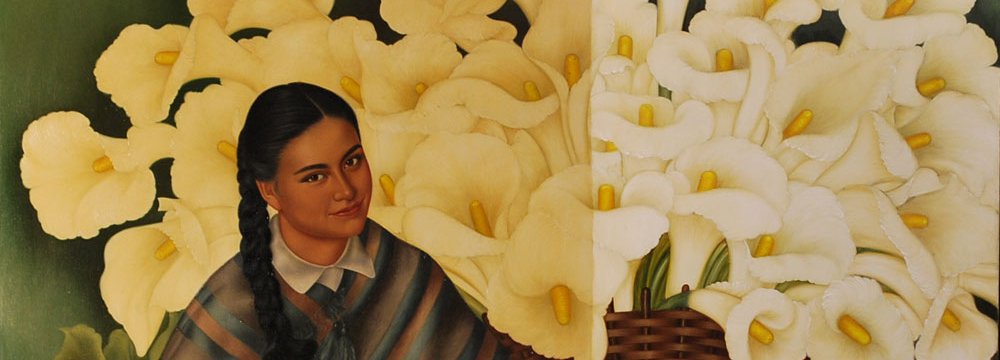
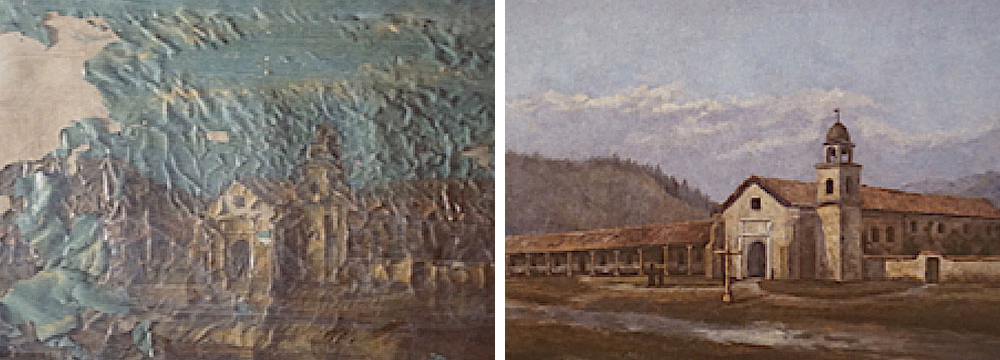
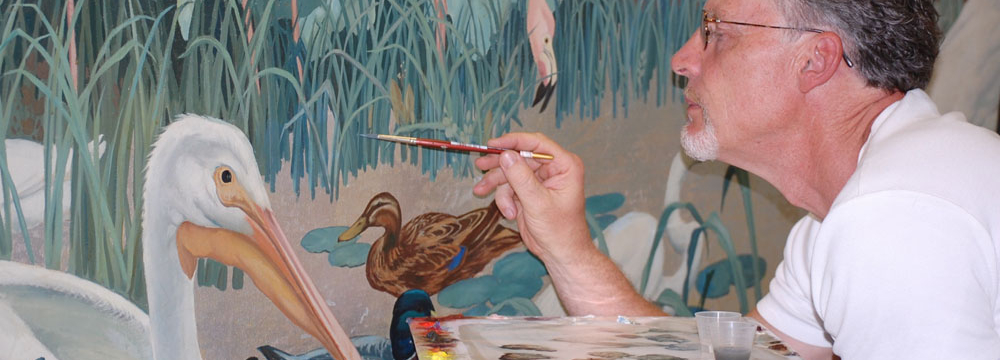
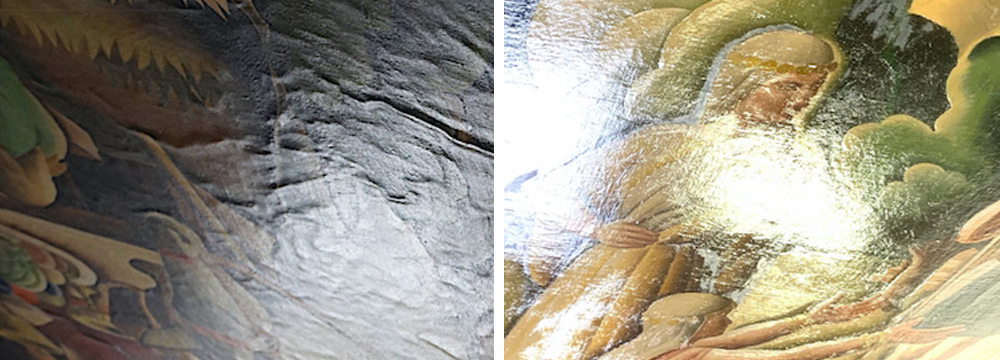
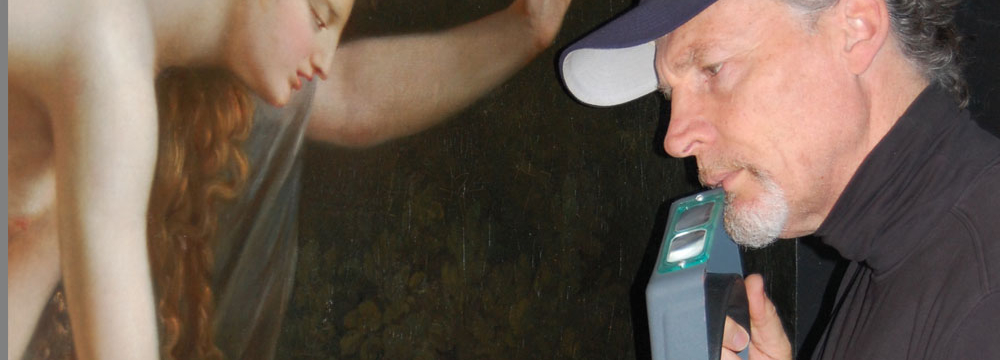
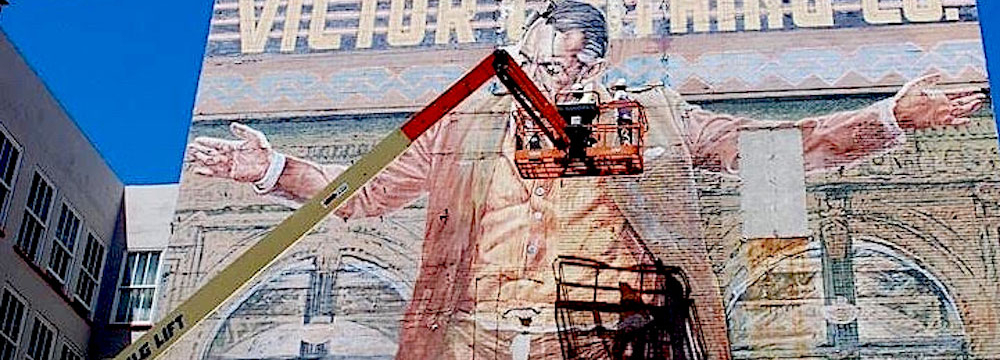
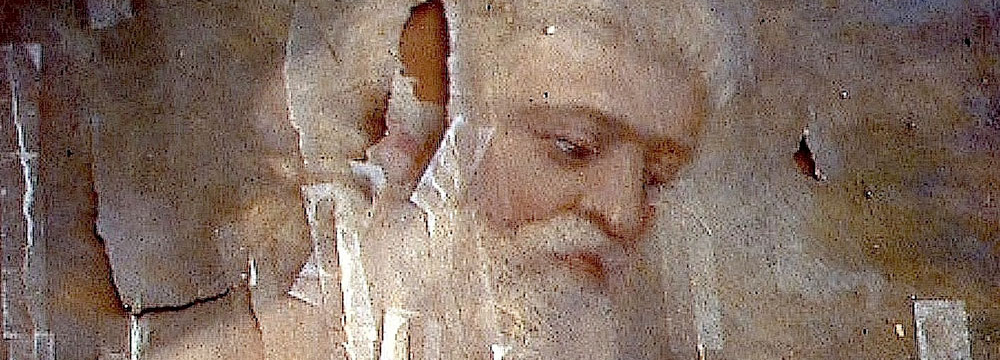
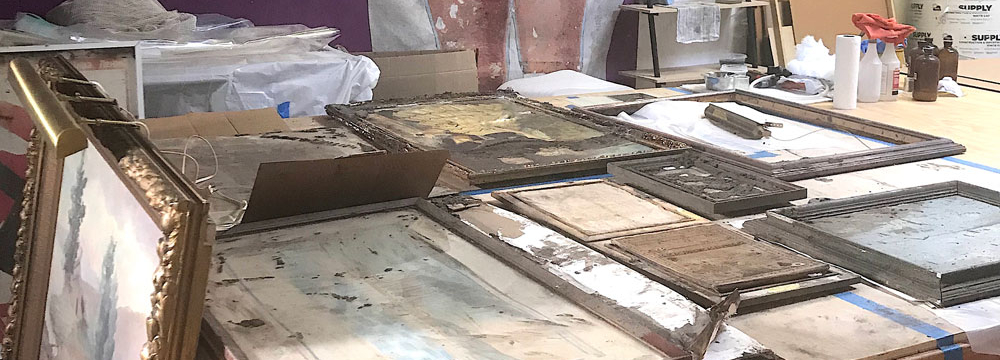

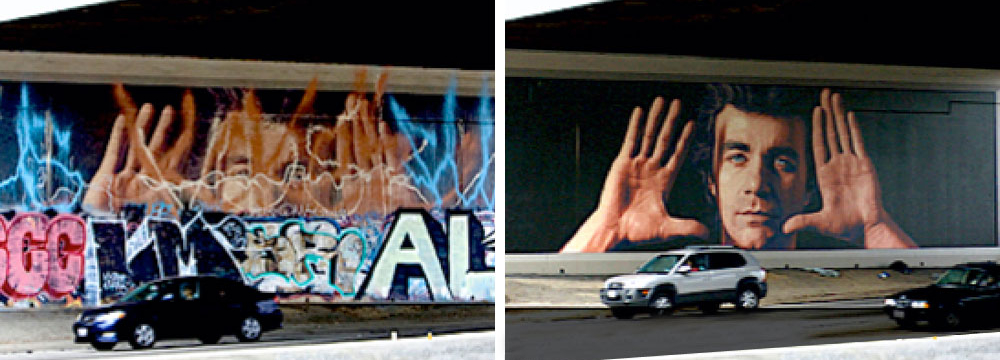
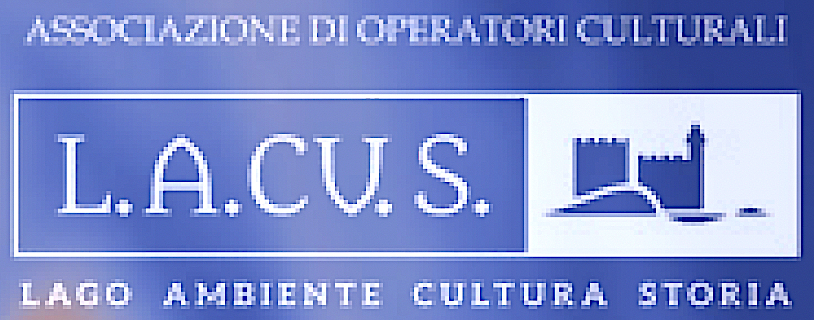
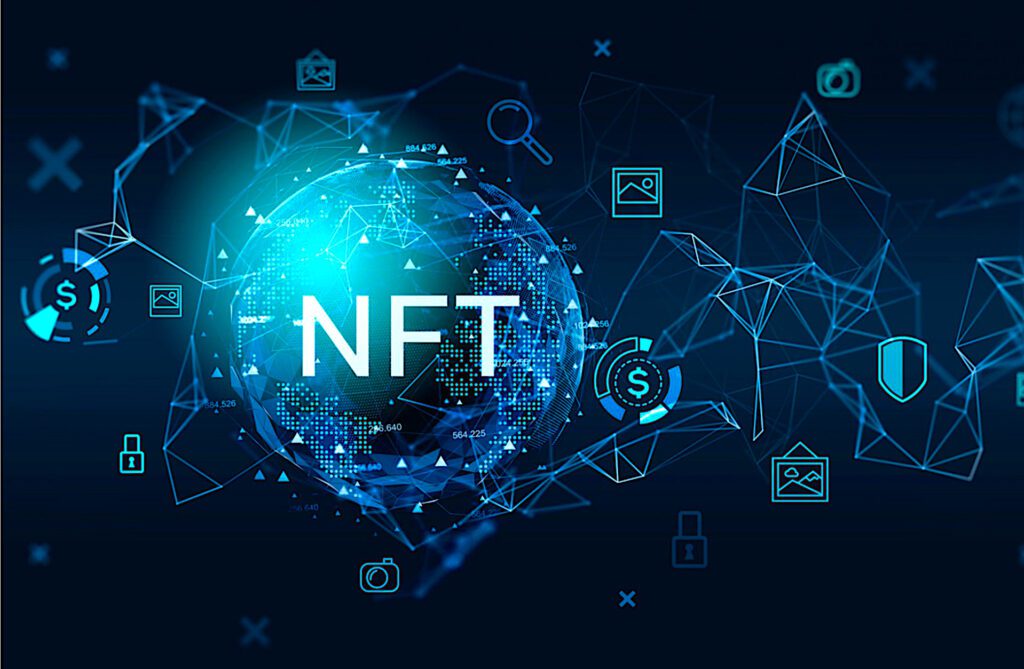
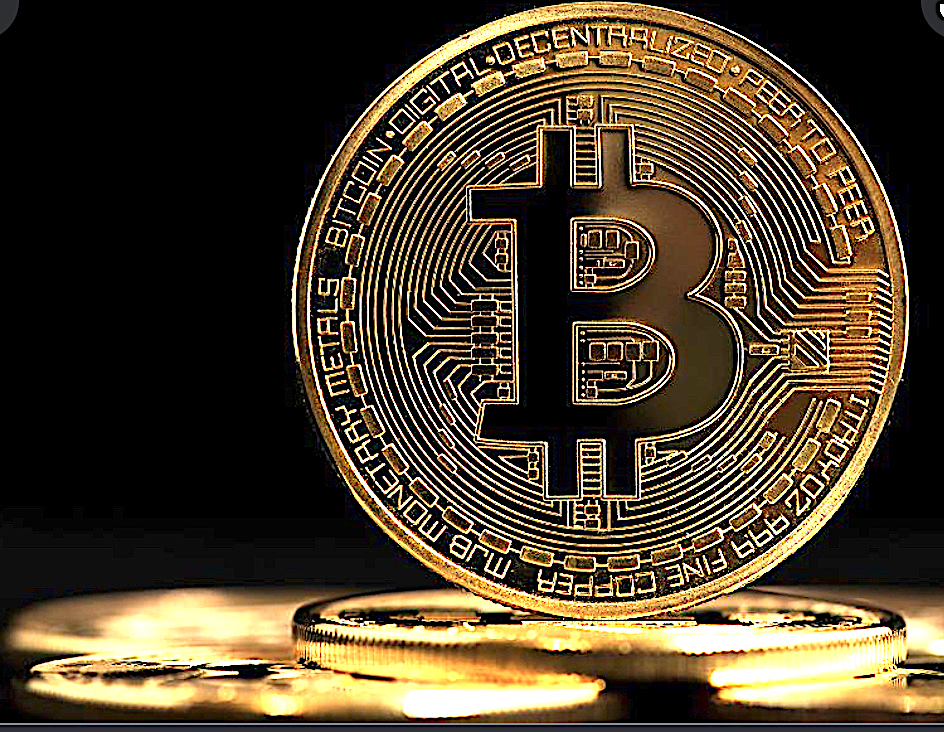
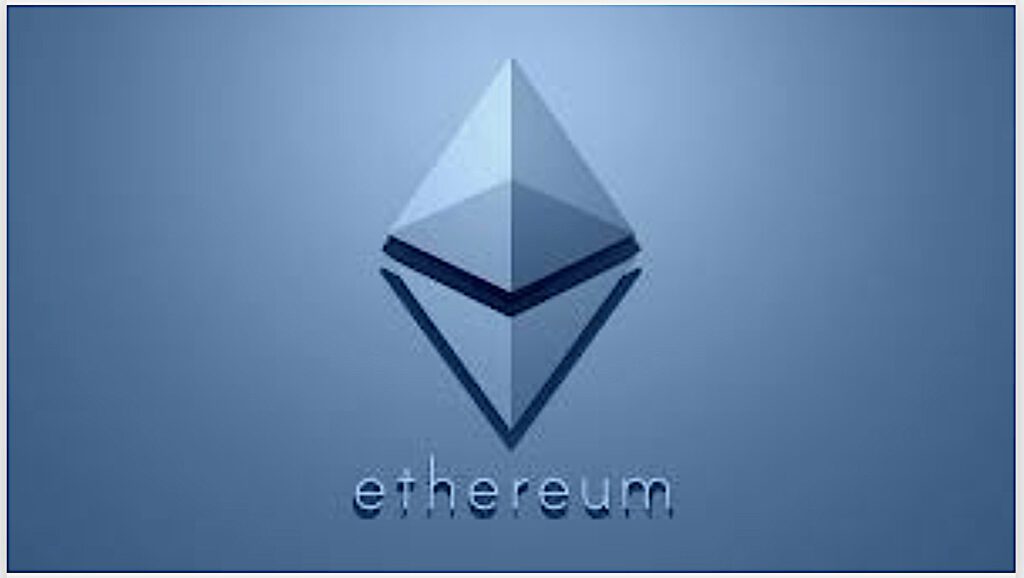

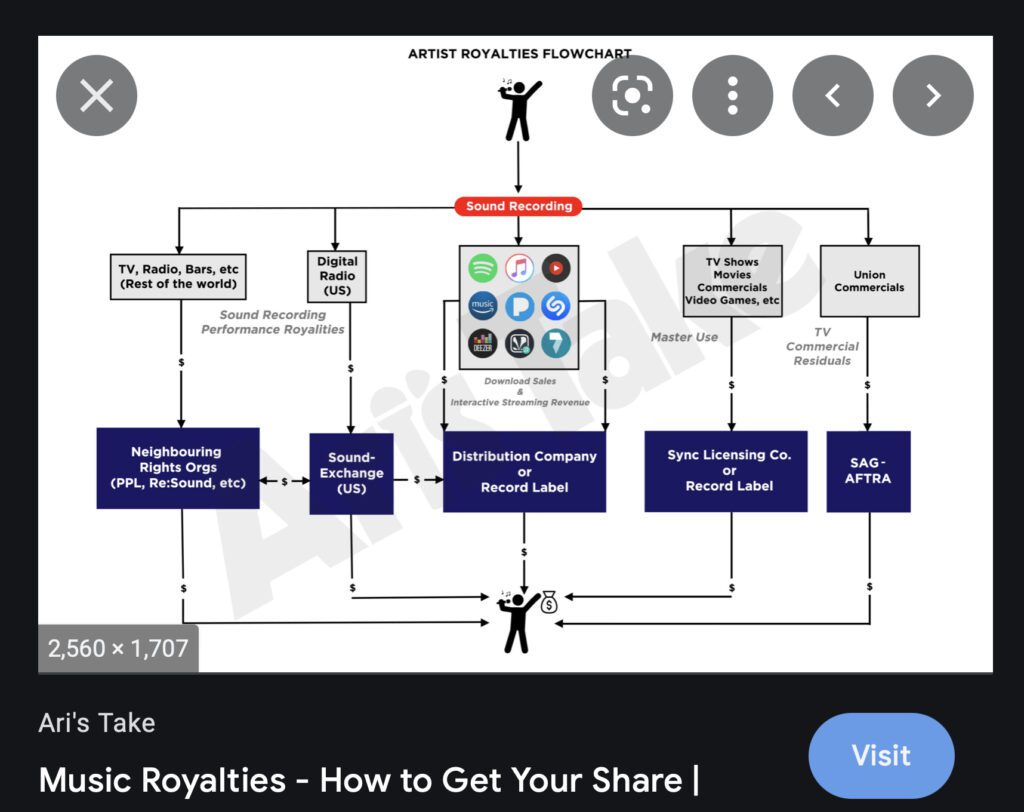
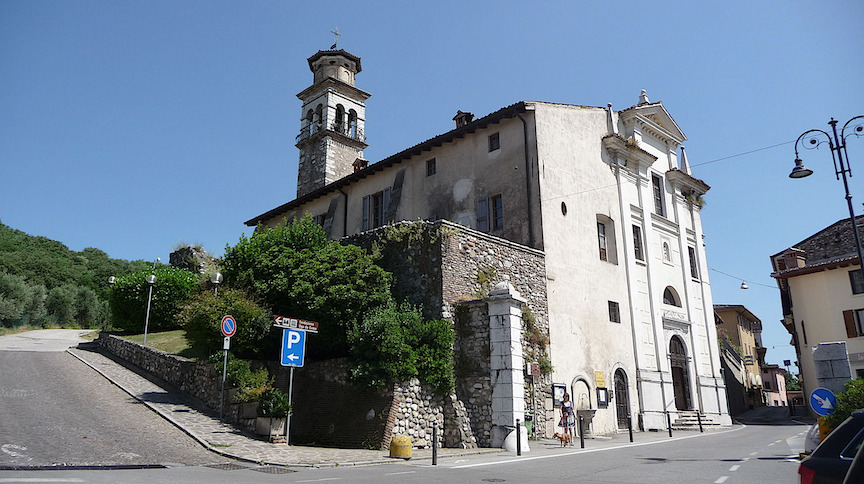
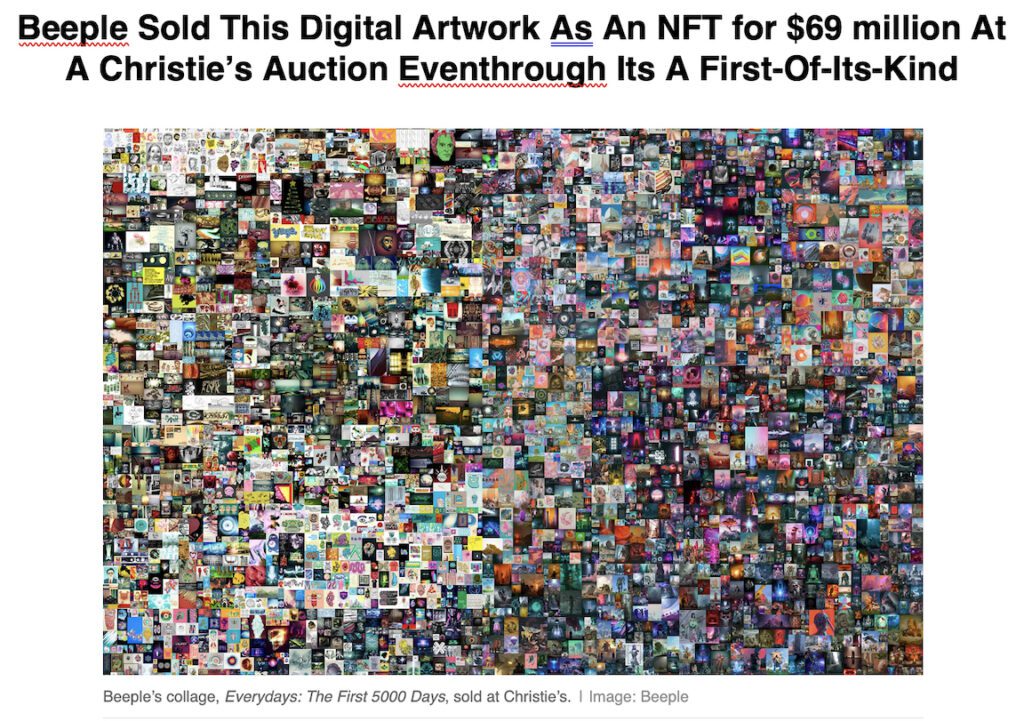
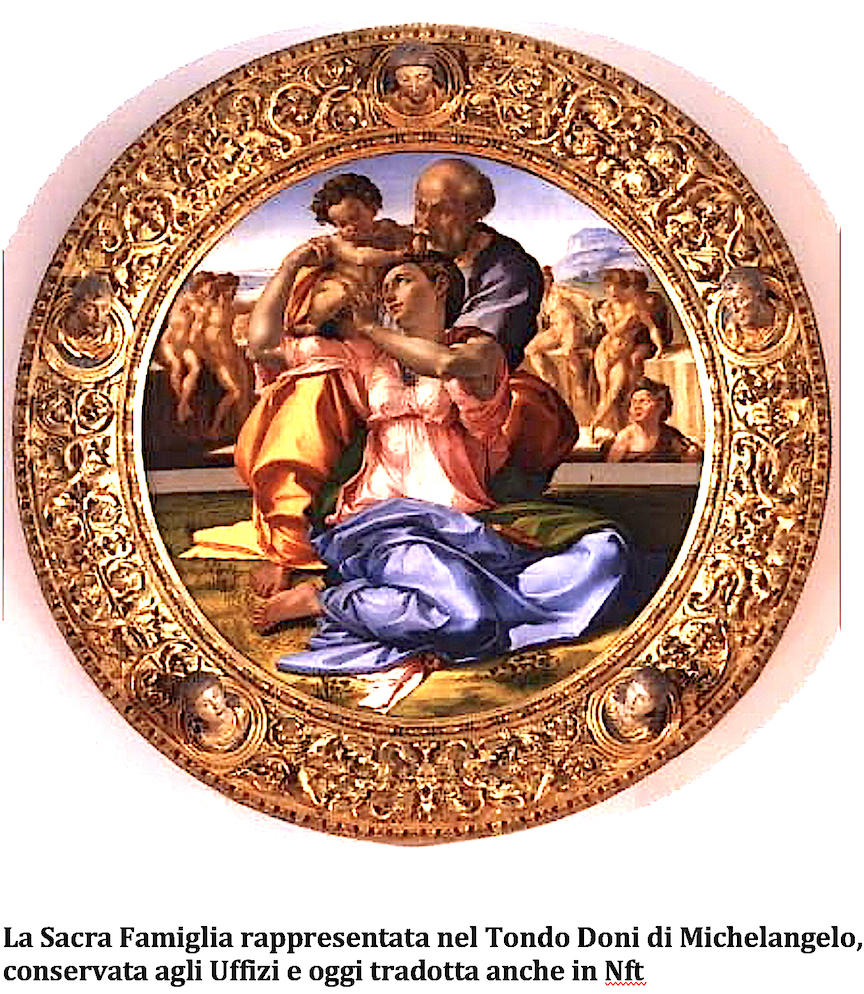
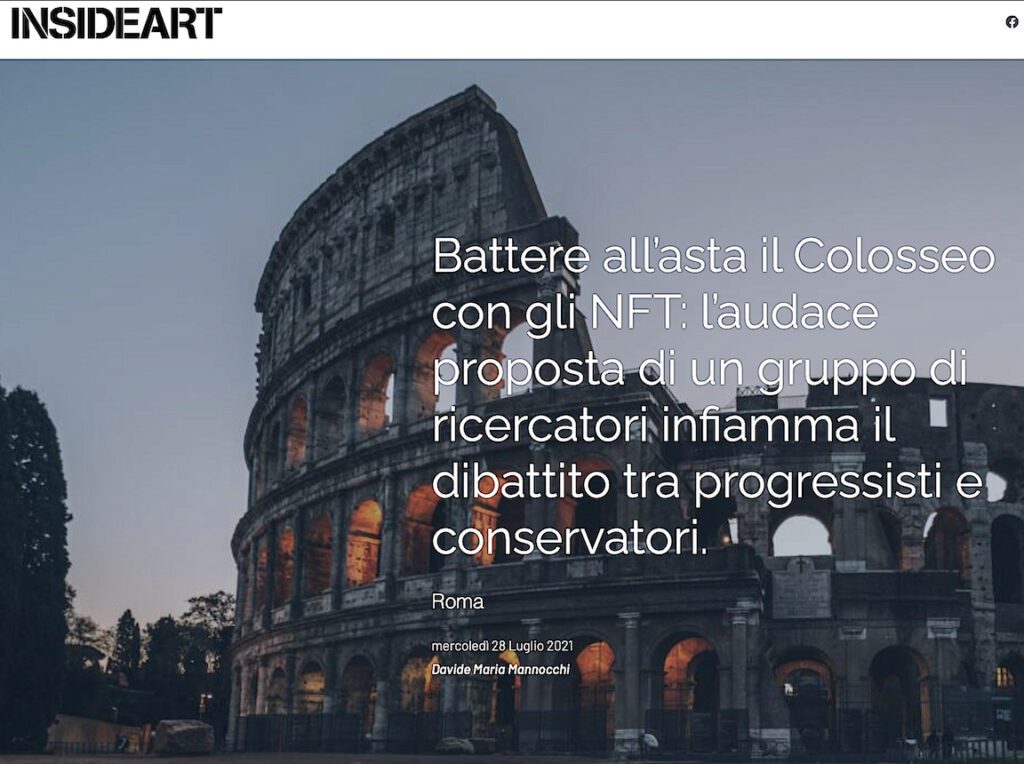
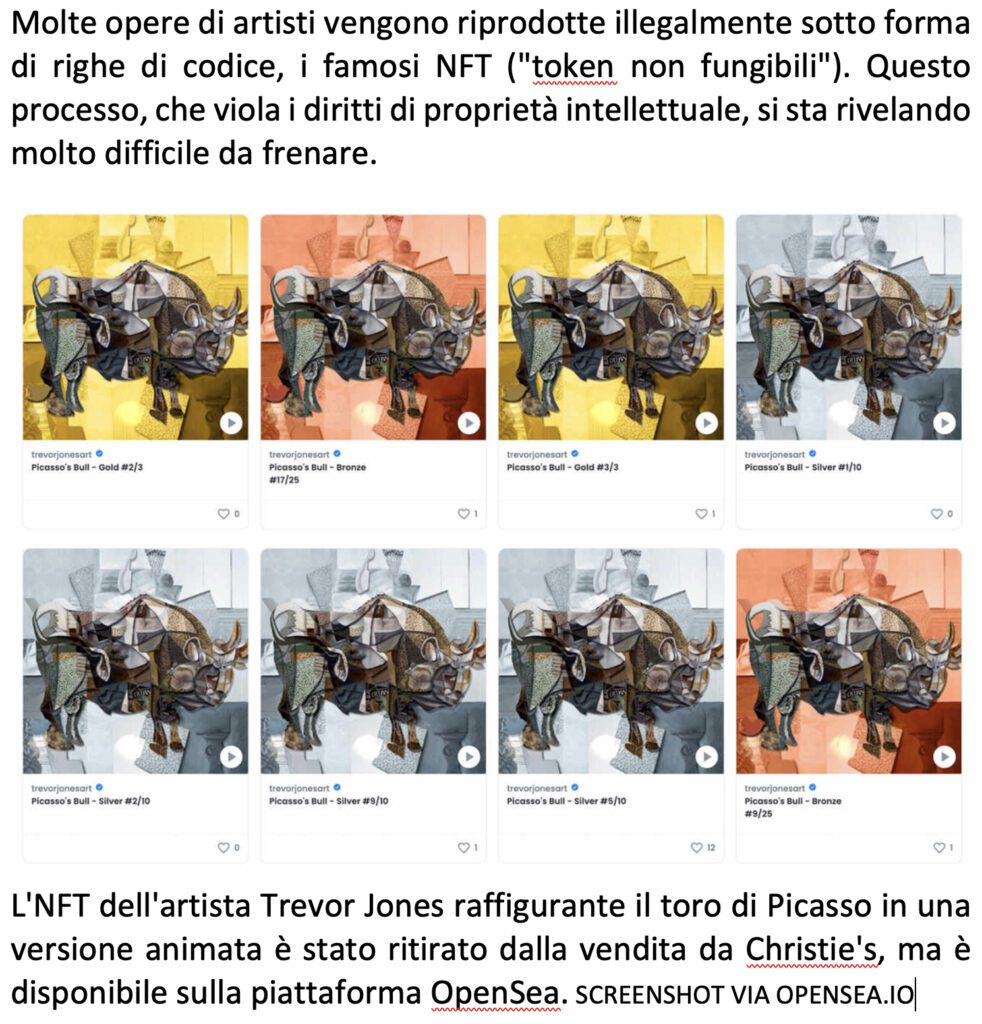
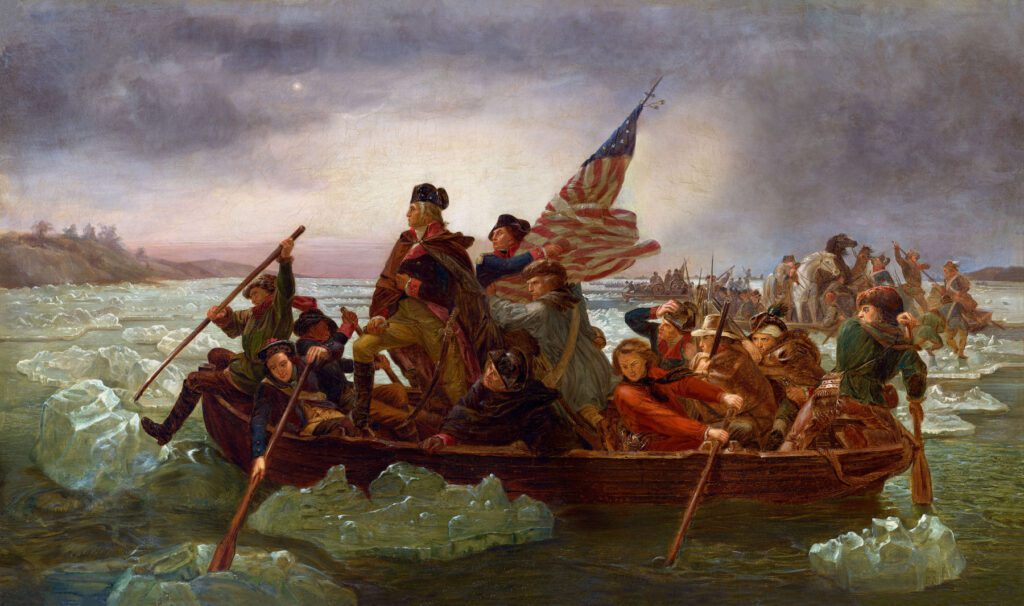
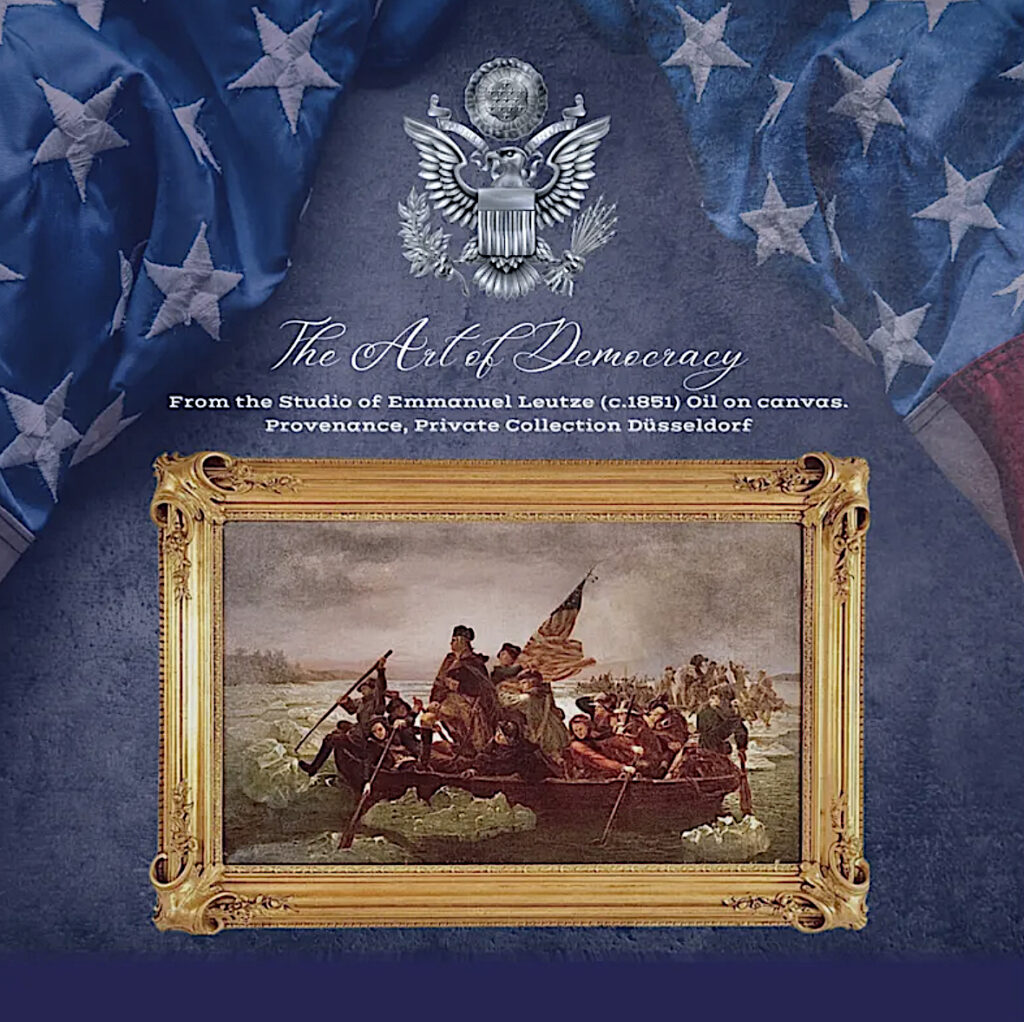
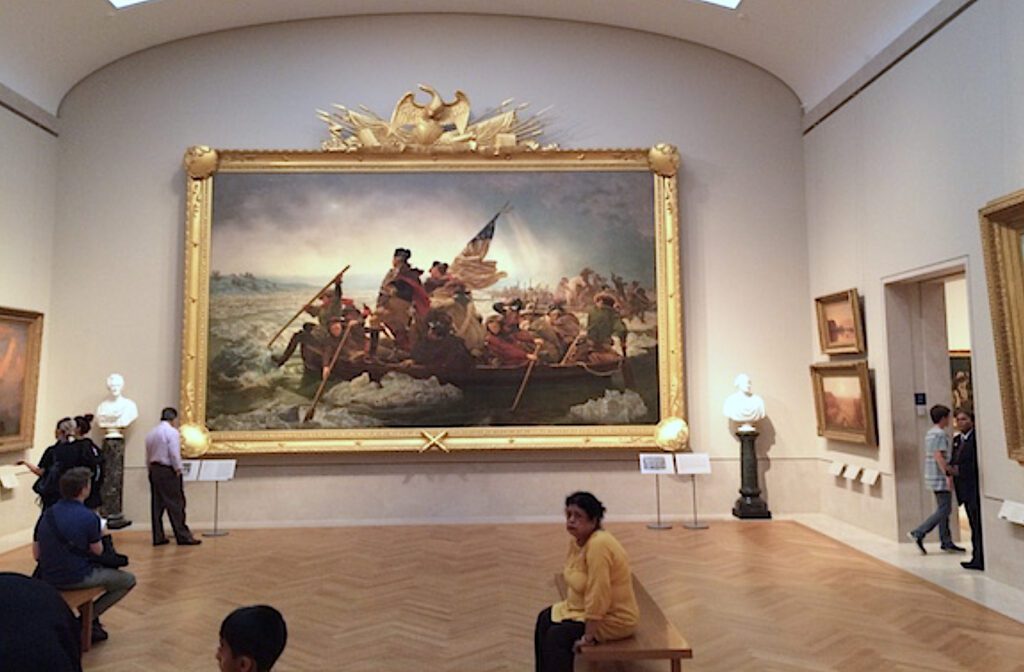
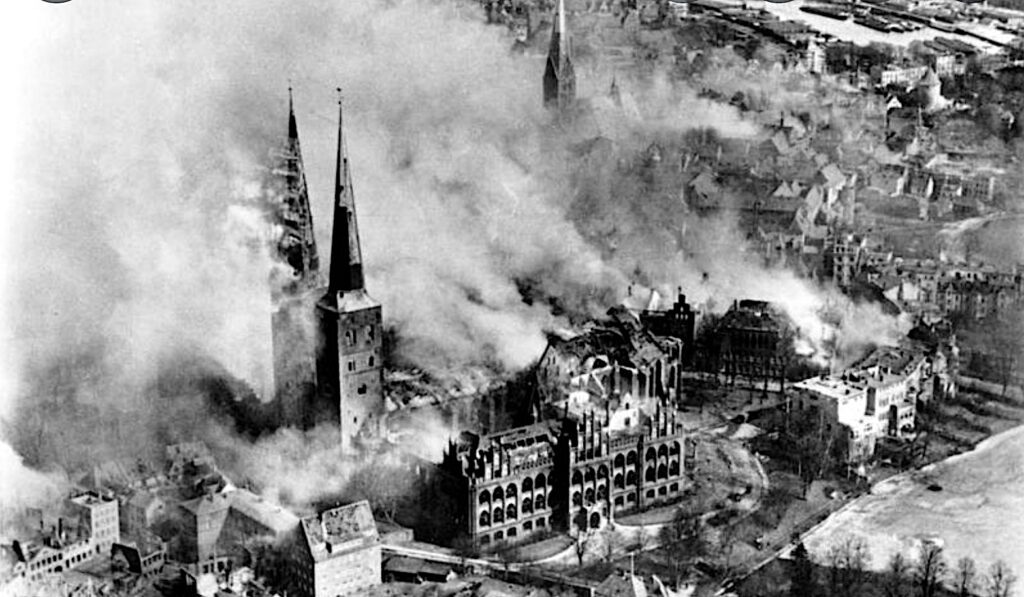
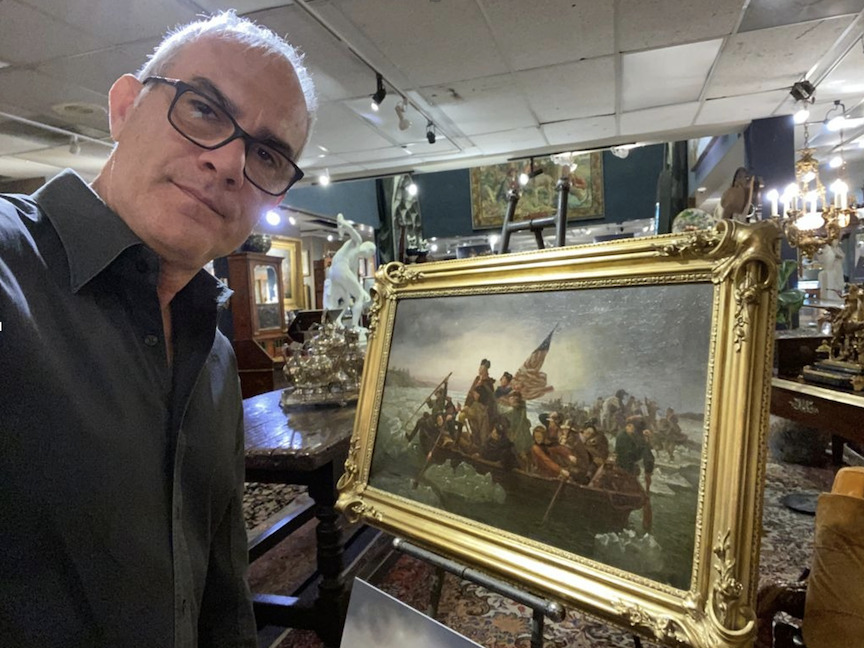
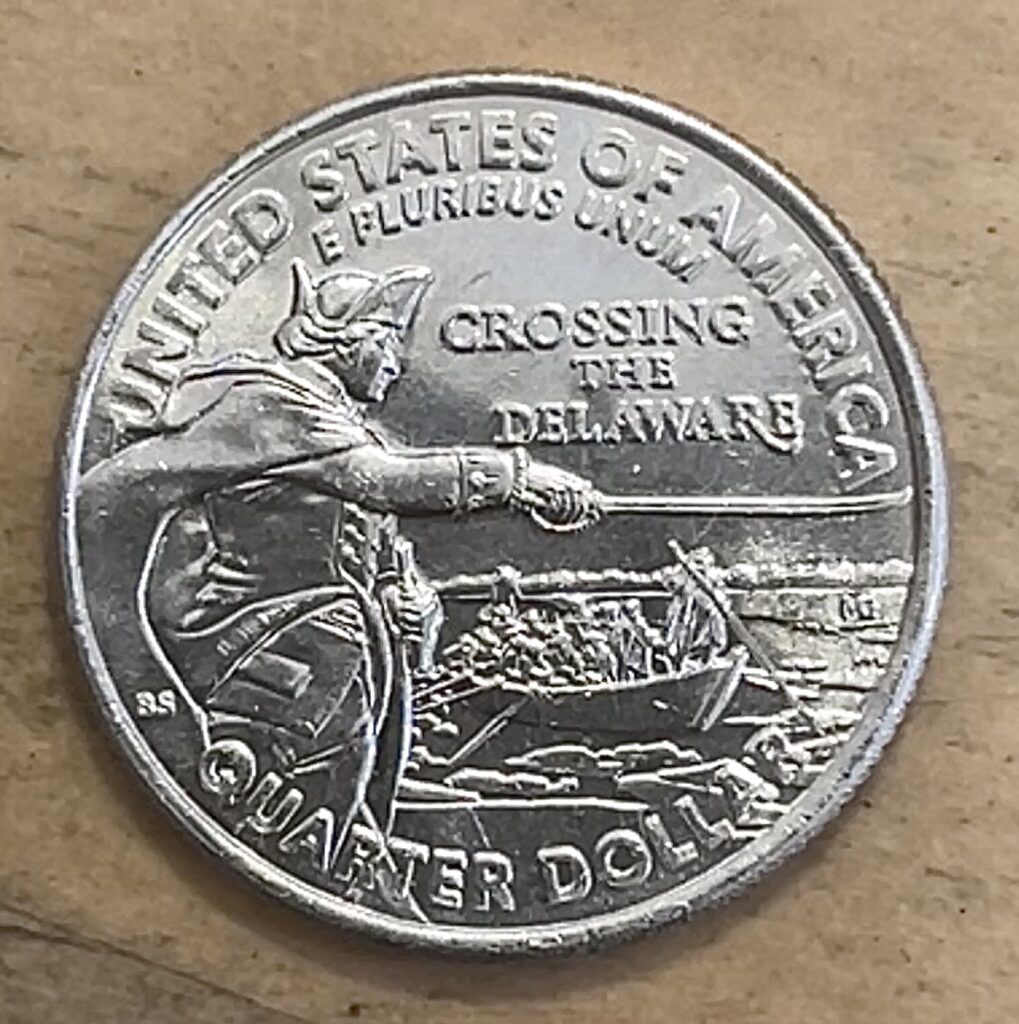
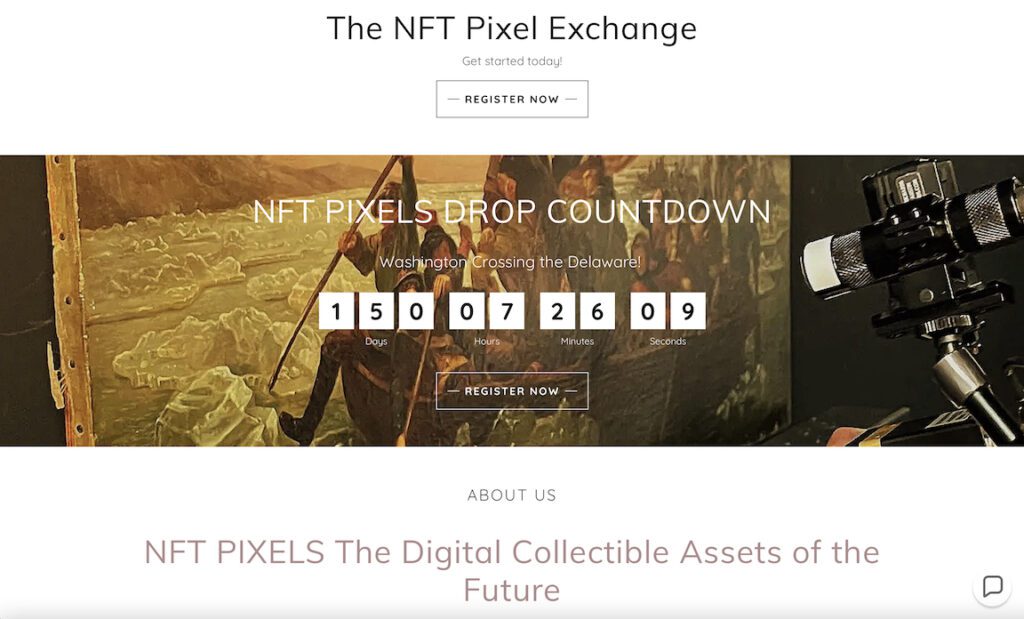
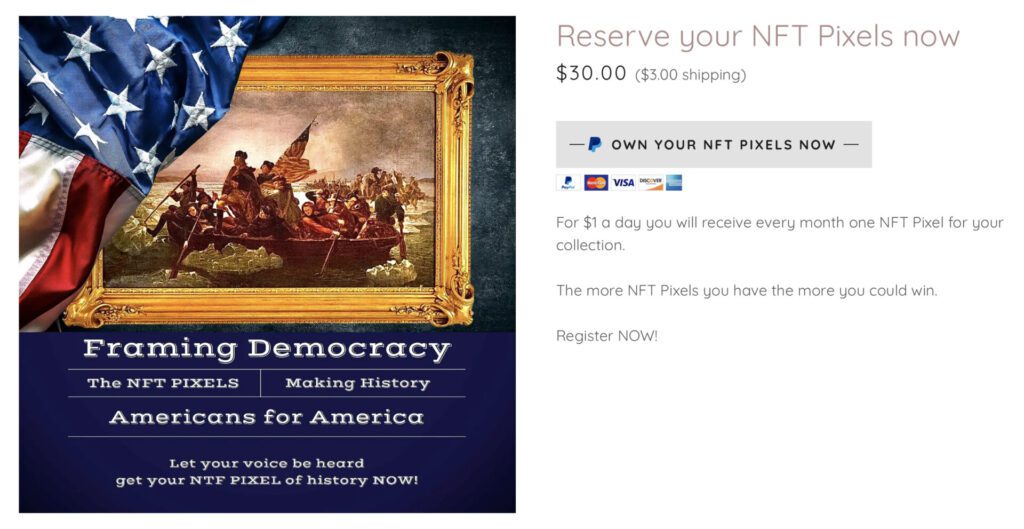

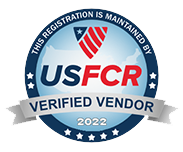
Pingback: The Digital World of NFT. A new frontier for art restoration? A speech to the international community of architects. | Fine Art Conservation Laboratories (FACL, Inc.)